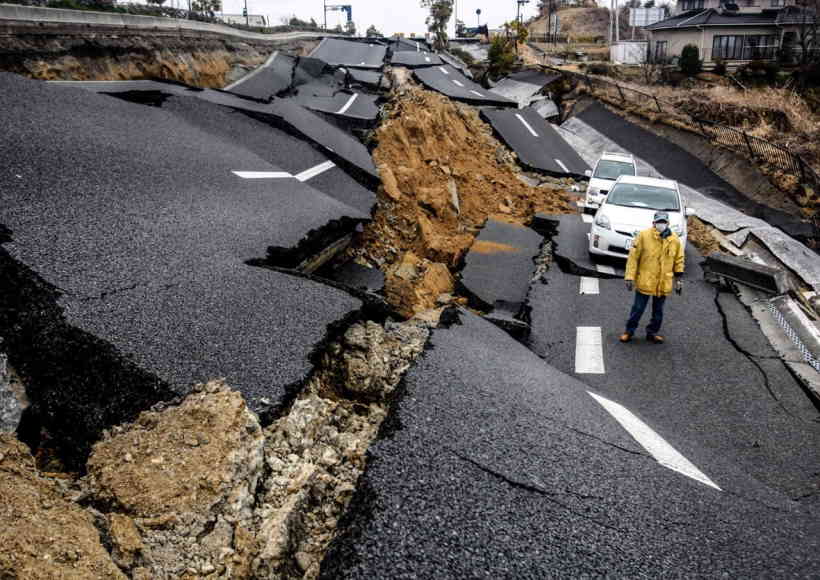Tokyo, January 14 (UITV) – A tsunami warning was issued after a 6.9 magnitude earthquake struck southwestern Japan on Monday evening. Japan’s Meteorological Agency said the earthquake struck at 9:19 pm and measured slightly above 5 on the Japanese seismic scale in parts of Miyazaki Prefecture. The maximum value in Japan’s seismic scale is 7, while the magnitude of this earthquake was measured at 6.9 on the Richter scale. After this, a tsunami warning was issued for the coasts of Miyazaki and Kochi prefectures.
According to the Japan Times, the epicenter of the earthquake was at a depth of 30 kilometers in the Hyuganada Sea. The agency issued a tsunami warning for the coasts of Miyazaki and Kochi prefectures immediately after the earthquake and said that waves up to one meter high could rise in the sea. Officials urged nearby people to stay away from the coast and go to high places to avoid any kind of emergency.
At the same time, an earthquake also struck China. According to Xinhua news agency, a 5.0 magnitude earthquake struck Dingri County in Shigatse, Xinjiang autonomous region at 8:58 pm Beijing time on Monday. According to the China Earthquake Network Center (CENC), the epicenter of the earthquake was at 28.45 degrees north latitude and 87.52 degrees east longitude and it struck at a depth of 10 kilometers.
The earthquake came a day after a memorial service was held in Dingri County in Tibet region to commemorate the victims of the 6.8 magnitude earthquake that struck last week on January 7. The earthquake in Tibet killed 126 people. Hundreds of people, including government officials, rescue workers and local residents, attended the memorial service held on Monday. A huge board in Chamko Township read “Deep condolences” in white Mandarin and Tibetan characters, which was a way of paying tribute to those killed in the Dingri earthquake.
During the period of silent standing, people took off their hats and stood in silence for three minutes. At the resettlement sites, some prefab houses were lit with traditional Tibetan butter lamps, a traditional way of mourning. This day was the most important day of Buddhist rituals for the victims of the earthquake, which is observed as a tribute of mourning.
The earthquakes in both Japan and China proved that the impact of natural disasters can be felt across the region. However, both countries conducted their preparedness and relief operations effectively to keep local residents and affected areas safe.
Coastal areas require greater vigilance during natural disasters such as earthquakes and tsunamis, especially when there is a possibility of high waves in the sea. These events also made it clear that prompt warnings and appropriate action can reduce losses to a great extent.




